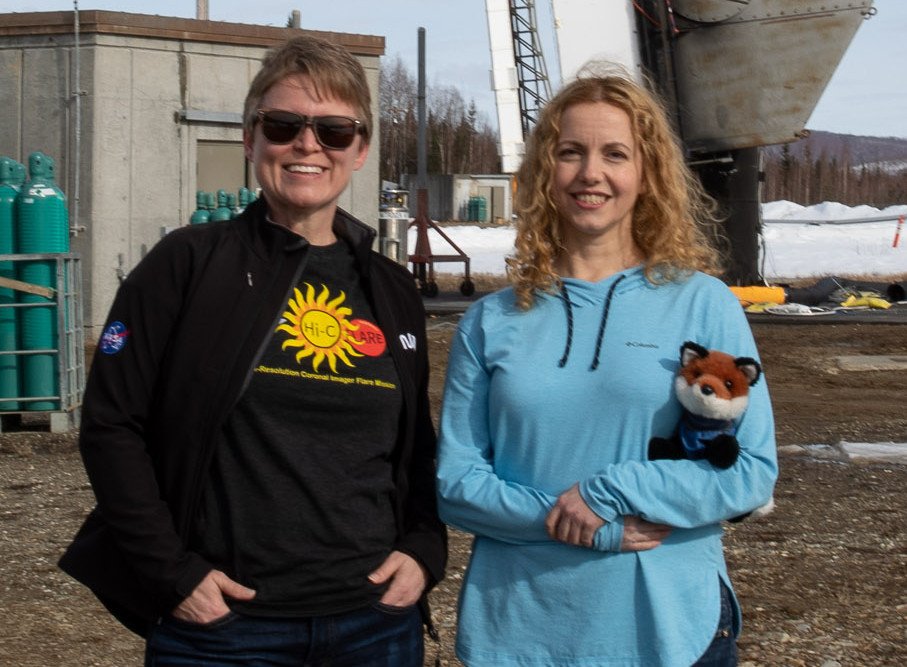Events
Events Calendar
Women in Physics and Astronomy Lecture Series: Premi Chandra -- Rutgers University
Tuesday, March 8, 2022, 4:30 p.m. through Tuesday, March 8, 2022, 5:30 p.m.
Online via Zoom
Professor Premala (“Premi”) Chandra of Rutgers University in New Jersey is a theoretical physicist who has pursued her research in both academic and industrial settings. Premi does “blue sky” research on problems inspired by experimental puzzles observed in materials. In her more applied work, she has designed and patented a novel computer memory suitable for high-density information storage, and has also worked on layered nanostructures towards developing lead-free transducers. Premi is fascinated by rich phases of quantum matter that emerge from the confluence of quantum mechanics and complexity. In her talk “The Inner Universe of Quantum Materials” Premi will present quantum materials as tunable Universes whose behavior can be studied under extreme conditions with far-reaching technological and conceptual implications.
Colloquium: Kandice Tanner, National Cancer Institute
Abstract: In the event of metastatic disease, emergence of a lesion can occur at varying intervals from diagnosis and in some cases following successful treatment of the primary tumor. Genetic factors that drive metastatic progression have been identified, such as those involved in cell adhesion, signaling, extravasation and metabolism. However, organ specific biophysical cues may be a potent contributor to the establishment of these secondary lesions. We combine a novel preclinical model of metastasis with that of optical tweezer based active microrheology to elucidate the role of tissue biophysical properties of in the establishment of metastatic lesions in vivo. Specifically, I will discuss our efforts to determine what physical cues influence disseminated tumor cells in different organ microenvironments using in vitro and in vivo preclinical models such as 3D culture systems and zebrafish.
This colloquium will be remote-only via zoom:
2022 A.O.C. Nier Lecture, "The NASA Psyche Mission: Journey to a Metal World"
Thursday, Feb. 24, 2022, 4 p.m. through Thursday, Feb. 24, 2022, 5 p.m.
Virtual (zoom)
Registration Required
The NASA Psyche Mission (https://psyche.asu.edu/) is a journey to a metal asteroid orbiting the Sun between Mars and Jupiter. What makes the asteroid Psyche unique is that it appears to be the exposed nickel-iron core of an early planet, one of the building blocks of our solar system. The spacecraft will launch in August 2022 and rendezvous with asteroid Psyche in 2026.
Professor Lindy. Elkins-Tanton is the Pysche Mission Principal Investigator and one of the world’s foremost authorities on asteroids. She will discuss what we know about Psyche, the many things we do not know, and the importance of asteroids to understanding the origins of planets.
Prior to taking on the Principal Investigator role of the Psyche Mission, Professor Elkins-Tanton was the Director of the School of Earth and Space Exploration at ASU and before that, headed the Department of Terrestrial Magnetism at the Carnegie Institution for Science. She earned her B.S. and Ph.D. degrees at MIT, where she also served on the faculty. She is a member of the National Academy of Science, and in 2020 won the Arthur L. Day prize from the National Academy. Asteroid 8252 Elkins-Tanton is named in her honor.
Sponsored jointly by the Dept. of Earth and Environmental Sciences and the School of Physics and Astronomy
*****Registration Required*****
Register Now
Colloquium: Evolving Networks in Matter and Mind
Thursday, Feb. 17, 2022, 3:35 p.m. through Thursday, Feb. 17, 2022, 4:35 p.m.
Remote only via zoom
Evolving Networks in Matter and Mind
Abstract: Networks exist in both physical and conceptual spaces. Those networks can be treated as static and fixed, but in many cases evolve appreciably over a variety of time scales. In this talk, I will discuss the evolution of networks in matter and mind. I will separate my comments into three main sections. First, I will discuss principles by which to design mechanical networks that undergo precise, and pre-defined conformational changes (Kim et al. 2019 Nature Physics; Kim et al. 2022 Phys Rev X, In Press). Second, I will discuss connections between networks of matter and networks of mind, and relations among physical and conceptual spaces (Zurn & Bassett, forthcoming from MIT Press). Third, I will discuss an empirical study of evolving networks of mind, as manifest in how scientists cite the work of other scientists in the reference lists of their peer-reviewed papers (Teich et al. 2022 arXiv, and others), including relative imbalances in how we cite the work of gender, racial, and ethnic minorities. Collectively, the work will provide a conceptual framework for understanding evolving networks in matter and mind, with important implications for our understanding of our physical world and the processes of scientific inquiry.
Colloquium: Carol Scarlett, Florida A&M University
Thursday, Feb. 10, 2022, 3:35 p.m. through Thursday, Feb. 10, 2022, 4:35 p.m.
Remote only (via zoom)
Abstract: It is well known that a light, pseudo-scalar particle called the Axion can solve several fundamental physics problems. Proposed to explain the lack of a neutron EDM, such a weakly interacting particle has the right characteristics to explain formation of galaxies, by providing the needed mass in the form of Cold Dark Matter. There has been a number of completed and proposed experiments to detect axionic particles taking approaches as varied as condense matter energy band gap to superconducting magnetic cavities. This talk will review the theory behind axion particles, examples of early experimental searches and some new search techniques. One question this talk will broach, is whether or not observations of nuclear behavior, a place where axionic matter is theorized to play a role in neutron spin, can provide appropriate experimental conditions to be used in axion searches.
This colloquium will be remote only via zoom:
https://umn.zoom.us/j/94831171860
Colloquium: Inner Solar Systems
Thursday, Feb. 3, 2022, 3:35 p.m. through Thursday, Feb. 3, 2022, 4:35 p.m.
Remote via zoom
Over the past couple decades, thousands of extra-solar planets have been discovered orbiting other stars. The exoplanets discovered to date exhibit a wide variety of orbital and compositional properties; most are dramatically different from the planets in our own Solar System. Our classical theories for the origins of planetary systems were crafted to account for the Solar System and fail to account for the diversity of planets now known. We are working to establish a new blueprint for the origin of planetary systems and identify the key parameters of planet formation and evolution that establish the distribution of planetary properties observed today. The new blueprint must account for the properties of planets in inner solar systems, regions of planetary systems closer to their star than Earth’s separation from the Sun and home to most exoplanets detected to data. I present work combining simulations and theory with data analysis and statistics of observed planets to test theories of the origins of inner solars, including hot Jupiters, warm Jupiters, and tightly-packed systems of super-Earths. Ultimately a comprehensive blueprint for planetary systems will allow us to better situate discovered planets in the context of their system’s formation and evolution, important factors in whether the planets may harbor life.
Colloquium: Quantum Matter out of Equilibrium
Thursday, Jan. 27, 2022, 3:35 p.m. through Thursday, Jan. 27, 2022, 4:35 p.m.
B50 Tate/Remote option
Quantum Matter out of Equilibrium
Abstract: A central goal of condensed matter physics is to study the universal emergent properties of macroscopic quantum systems with large numbers of interacting particles. Due to a variety of conceptual and experimentally motivated reasons, the traditional approach of many-body physics is largely built around the study of low-temperature and near-equilibrium properties of time independent Hamiltonians. A confluence of developments across a range of subfields --- particularly experimental advances in building programmable quantum devices --- have opened up a vast new territory of studying many-body phenomena in completely novel regimes: highly excited, "post Hamiltonian", and far from equilibrium. A unifying theme in this enterprise has been the study of many-body quantum dynamics in systems ranging from electrons in solids to cold atomic gases to black holes. I will describe some highlights of an active research program to advance many-body theory beyond the regime of near-equilibrium time-independent Hamiltonians, with a view towards uncovering novel emergent phenomena in the non-equilibrium dynamics of many-body systems. I will show that not only can non-equilibrium systems exhibit a sharp notion of phase structure, but that some of these phases are completely novel and unique to the out-of-equilibrium setting. For example, certain phases of matter that are forbidden in equilibrium, such as quantum time crystals, have found new life in the out-of-equilibrium setting. I will describe the theoretical formulation of this phase, some of its many fascinating properties, and its recent experimental realization on Google's quantum processor.
Physics Force Public Shows
Saturday, Jan. 15, 2022, 11 a.m.
Physics Force is back and ready for some fun new shows in January 2022! The auditorium shows will feature all the fun big demos, bringing the wonders of physics to life in an educational and spectacular display.
There will be two public shows: 11:00 a.m. and 2:00 p.m. on Saturday, January 15, 2022.
Intended for all ages, the shows are free and open to the public. Registration/tickets are required.
Physics Force is supported by the School of Physics and Astronomy, the Dean of the College of Science and Engineering, and the University of Minnesota's Materials Research Science and Engineering Center (MRSEC). Physics Force is sponsored by a gift from the 3M Company.
Workshop: Open Challenges in the Theory of Strongly Correlated Electron Systems
Thursday, Dec. 16, 2021, 9 a.m. through Sunday, Dec. 19, 2021, Noon
Registration information (by invitation only)
Organized by Professors Andrey Chubukov, University of Minnesota and Professor Dmitrii Maslov, University of Florida.
Colloquium: A Physicist Gets Down to Business: From Quarks to Improving Healthcare
Thursday, Dec. 9, 2021, 3:35 p.m. through Thursday, Dec. 9, 2021, 4:35 p.m.
Tate B50/remote option via zoom
Abstract: I was doing pretty well in my particle physics research when something happened to change everything: Former students came back to ask me to work with them in industry. They wanted me to help solve problems using physics skills they knew I had from the classes they took with me. I will detail examples of how we solved problems largely involving the magnetic field physics of MRI, and in performance optimization with rather old-fashioned analytical modeling of hardware coil products. One example is going from the functional analysis of quantum field theory to the manufacturing of optimized gradient magnetic field coils. It will be fun to intersperse stories such as how this industrial problem solving and successful start-up businesses fed back into my teaching, textbook writing, getting jobs for more students in more ways than I can count, and understanding the need for “soft skills.”
School News

Kruegler receives NASA FINESST Fellowship

Lysak featured on public radio
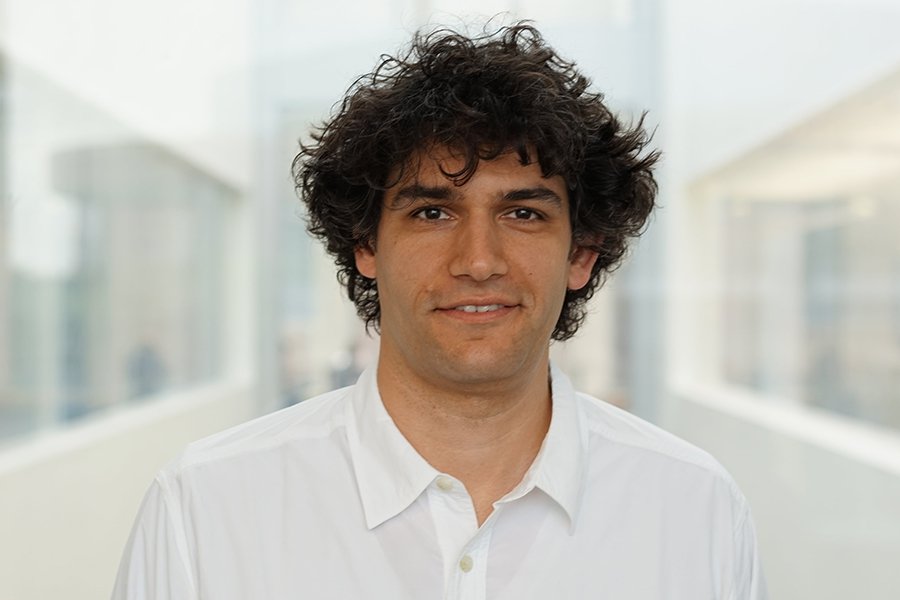
Pribiag receives prestigious $1.25M physics investigators award
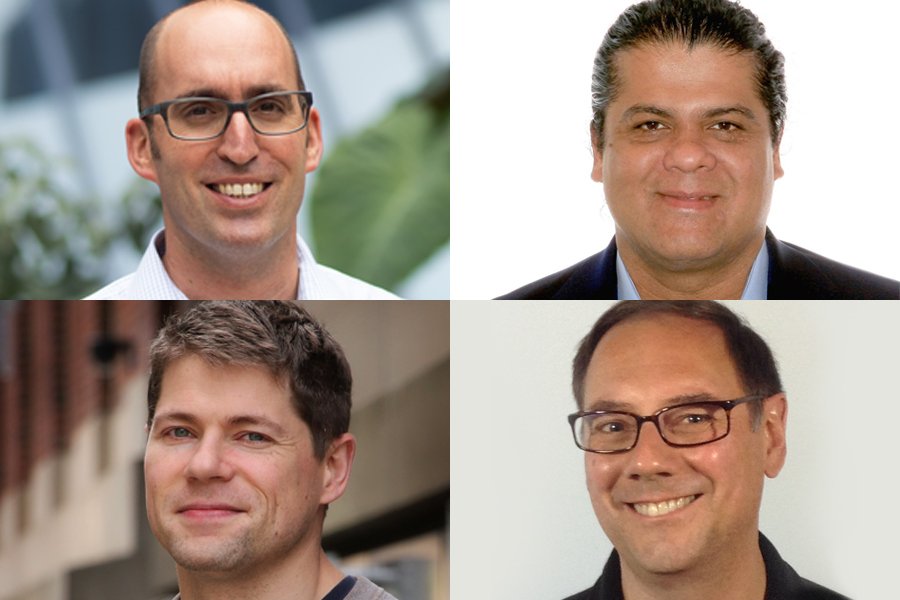
Four new CSE department heads begin in 2024-25
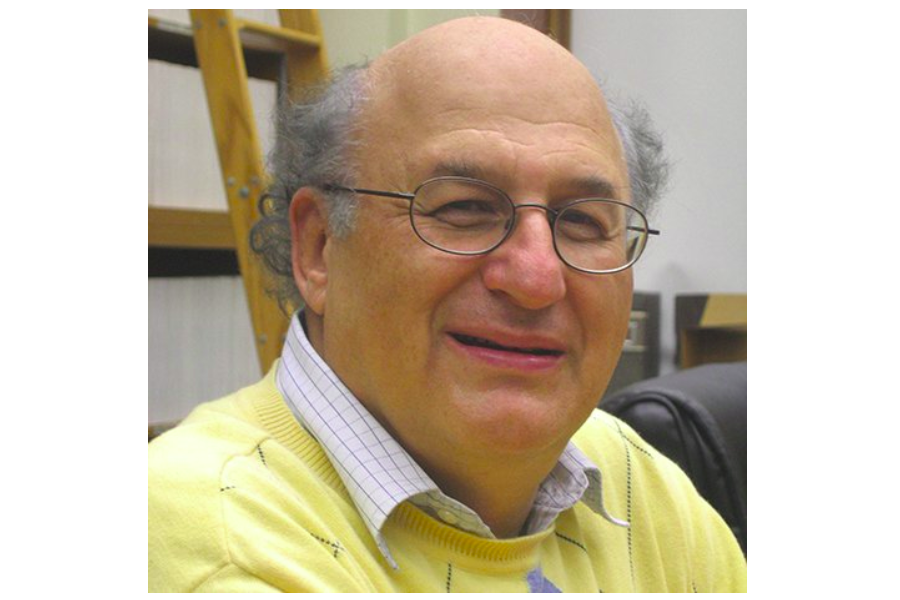
Shifman named Regents Professor

Glesener awarded Allen M. Goldman Faculty Fellowship

Burnell appointed to Tang Family Professorship
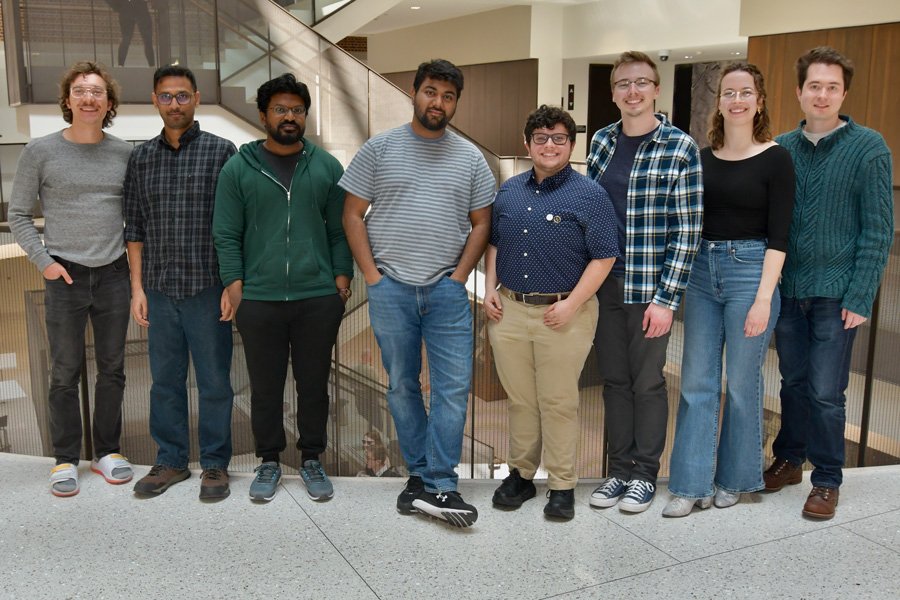
2024 Graduate Awards and Fellowships
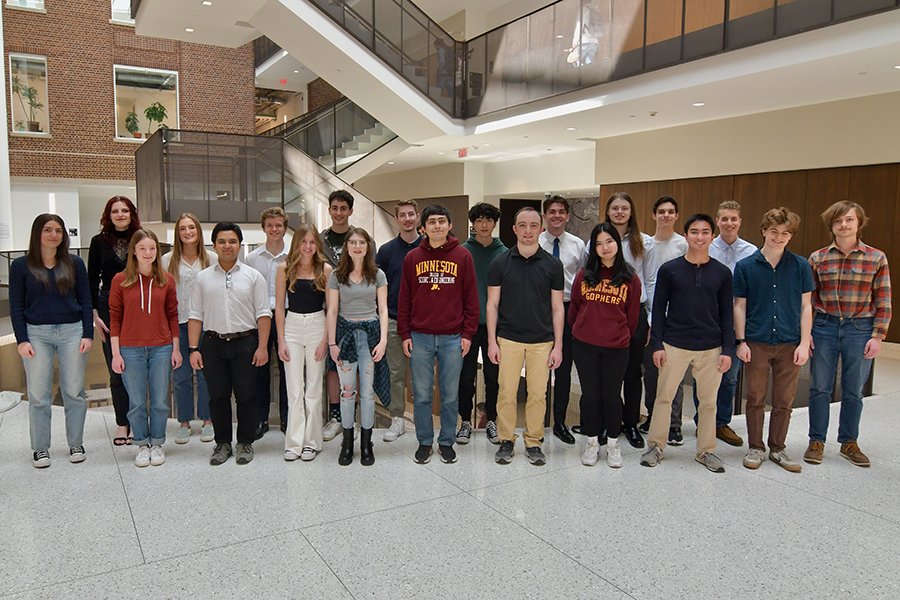
2024 Undergraduate Scholarship Recipients
